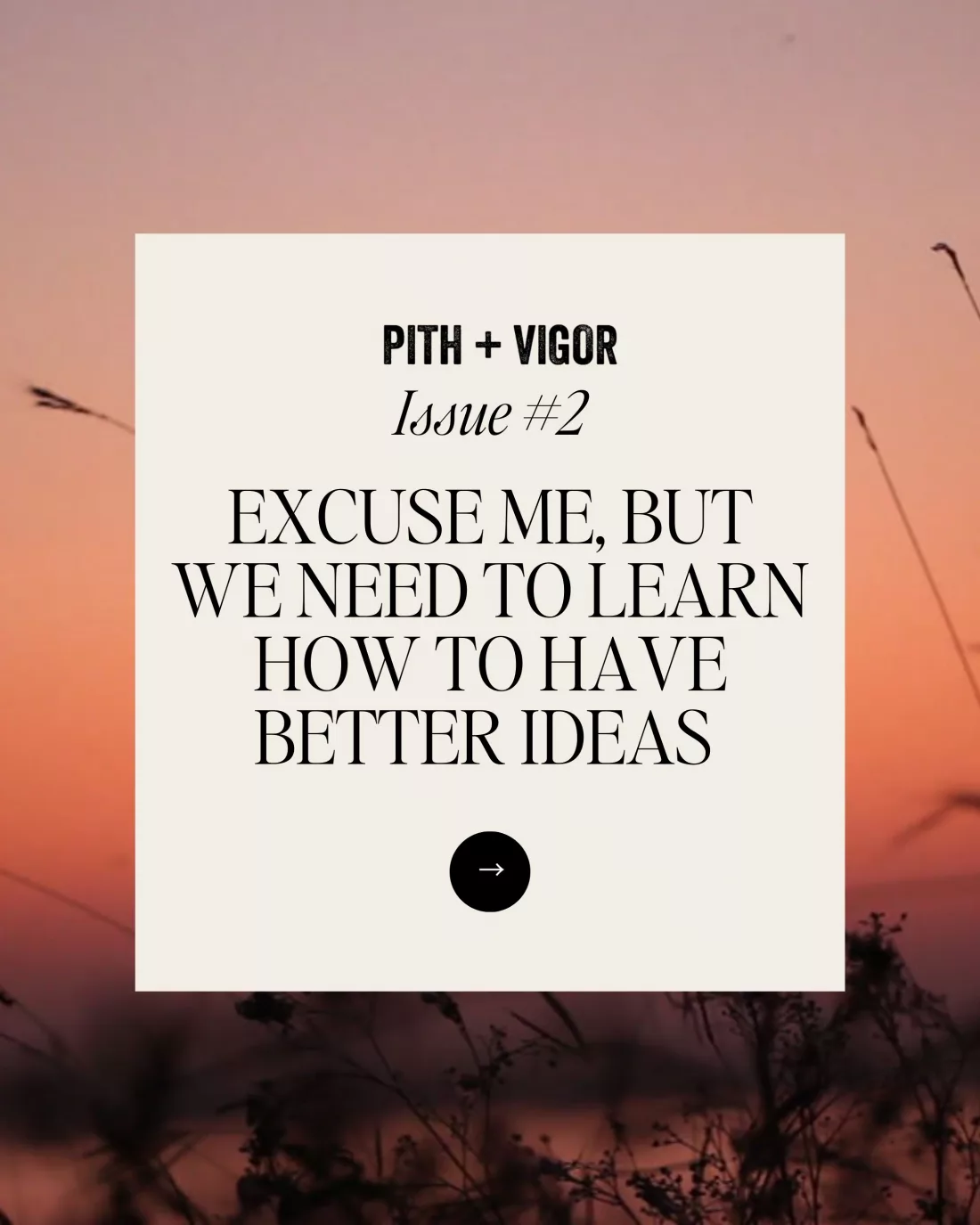The word “Ideate” makes me dizzy.
(I bring this up because ‘IDEATE’ seems to be one of those on-the-rise, google-trending words that appear not to have even existed before 2005).*
It causes a time wrinkle in my brain that snaps me back to the yellow conference room at (to remain unnamed) software company.
The petulant CTO is trying to prove his code-writing pencil is the biggest.
Blah, blah…” with these key-learnings about ideation, we can co-create innovative win-wins…” blah. 🙄
And then someone says something about dropping a pin in it and I lose consciousness.
Here is a live-action reenactment:
Of course in normal person syntax, to “ideate” is to have an idea.
Simply – To imagine something new. Get creative. Invent.
Design.
When I work with clients (both as a garden designer and as a teacher of landscape design) – one of the biggest challenges is to draw people beyond basic possibilities to a next-level magical realm of what could be.
When we struggle to invent or design, we create systems and shortcuts to help us:
- We copy. (What did the neighbors do that looks good?)
- We brainstorm. (Let’s make boards on pinterest!)
- We try to notice what we notice. (What catches your eye at the nursery?)
- We refer to frameworks. (What known garden styles do you like and how do we build them?)
There is absolutely nothing wrong with any of these tools. In fact, I suggest and use them all the time.
But if you want to really ‘ideate’ – create something new and exciting – you’re going to need something more.

If you want different results; You have to try different approaches.
Here are some questions I ask myself when I need to access the most clever recesses of my mind. They often help my brain to walk down a different path.
- What if this layout was based on a circle? (or three squares, or a rectangle and an oval, or an amoeba, or fill in the blank ) . ** – Try them all even if you kinda already like one.
- What if I could only have one plant that blooms in my favorite color? (what would the plant be and where would I put it – especially if I only get one?)
- What if I have to plant 20 new trees***? (where would I put them?)
- What if there were no property lines, and I could extend my design however I want? (Sometimes I create something I find interesting and then afterwards I overlay the property lines and see what happens)
- What if I combine 2-3 known styles to make a wholly original one? ****
- What if at least 75% of the plants are native to my region?
- What if I had to make this garden in a style I dislike or one that is incongruous with the house? How could I make it so that I love it anyway? (trigger your inner rebel).
- What if everything I use to build this garden has to have been grown or harvested from within 200 miles of this place?
What if … (come up with you own list – email them to me – I’d love to ponder some fresh challenges!)
Create Restrictions and Rules To Help Your Creativity
Restrictions and rules are nothing more than challenges that make us think. Ideate (if you must) 😉.
‘What ifs’ keep us fresh and stretched. This is the way we move forward when we need new solutions and strategies.
You might think it is ludicrous for me to suggest that you conceive of 10, 20 or more ideas for your garden. But I’d argue that sometimes 40 or 50 are required to eke out a great option.
-Rochelle
*I’m probably going to make the Ideate jargon trend worse by writing about it. But, pfft – I’ve got to speak up.
**Anything but triangles! Triangle layouts rarely work. 🤔
*** Or more! Think of an absurdly big number based on the size of your garden.
****Naming your new style will help you be true to it. And maybe it’ll even catch on and you’ll have coined a trend. ☺️

+comments+